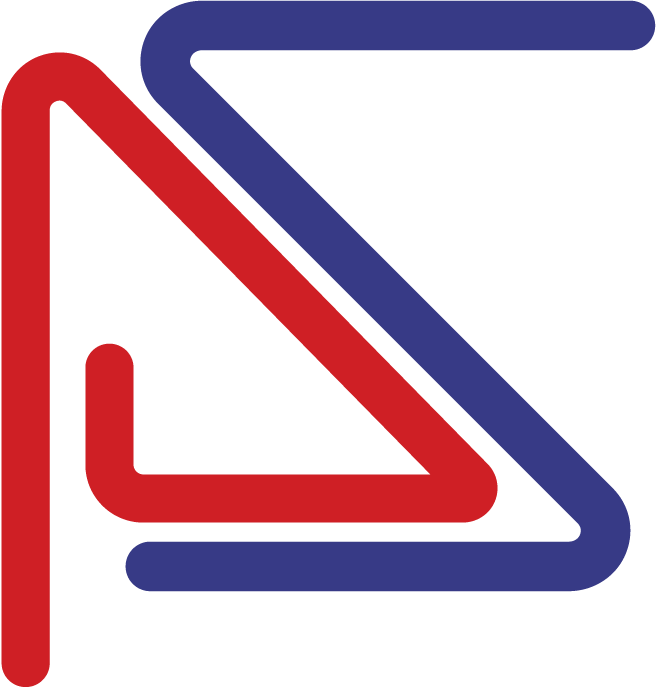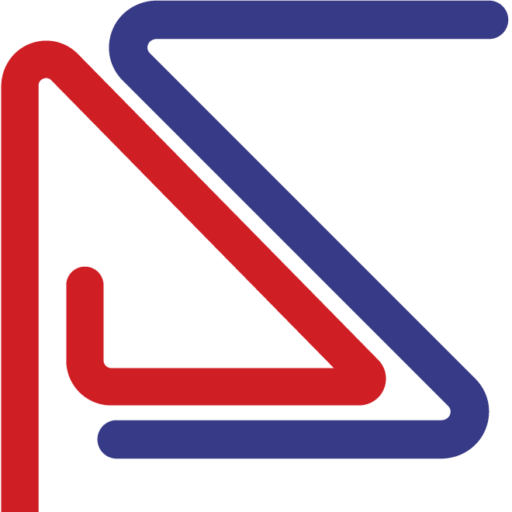
3 ways to effectively drive your people and business strategies using HR analytics
3 ways to effectively drive your people and business strategies using HR analytics
Analytics solutions can help you collect data and information to create unified and centralized ecosystems to improve decision support. Using emerging technologies like AI and machine learning, your HR teams can further enrich the data collected to improve your organization’s workforce, contributing to business success.
Furthermore, you can make HR analytics a necessary activity as part of your processes. The insights you receive can help you take timely actions, adopt industry best practices, and make your business agile and resilient to future disruption.
How HR analytics helps with people and business strategies
1. People Insights: understanding your workforce
HR leads from the front for every organizational change and strategic development, and accurate insights can help you make data-driven decisions. You also need information on your talent to develop programs including diversity, equity & inclusion, mentorship, succession planning, and internal mobility initiatives.
With HR analytics, you can streamline workforce planning, manage your workforce, and navigate hiring through visualized workforce data to understand employee profiles across geographies, productivity, and performance. Moreover, predictive models can spot future trends to guide your talent acquisition and retention plans, enabling you to meet your business objectives.
2. Talent planning and management: making the hiring & retention process simpler
HR analytics provides a talent prediction model and tracks workforce insights that includes high and low performers. You can approach talent planning with a more agile and strategic eye using these indicators to complement your talent management efforts with the power of AI, Digital Assistants, or RPA-enabled chatbots.
Digital assistants can automate tasks like FAQs for the application process and screening candidates based on pre-defined criteria. Such task automation would help increase your HR team’s productivity and they could spend more time simplifying and accelerating the onboarding process for your new employees, enhancing their employee experience from the get-go.
3. New system adoption: increase your workforce productivity
Implementing a new HR system is essential for business growth and expansion to ensure agile support, scalability, and improved employee experience. For easy adoption, workers should have access to user-friendly navigation, simple process flows, and ease of use which allows them to be efficient.
When one of our US-based manufacturing clients migrated from their legacy on-premises system to Oracle Cloud HCM, one of their goals was to increase adoption for their self-service system. By using this capability, employees could easily update personal details, download payslips, and managers can perform transactions like appraisals, role/responsibility transfers, and salary changes without needing HR resources.
However, after the first three months of the Oracle Cloud HCM implementation, only 40% of the workforce had adopted the new application. To increase system usage, they leveraged Oracle Analytics Cloud dashboards to track employee search queries, document downloads, and performance feedback. Based on the insights, the company offered targeted training and focus groups, thereby increasing adoption to 70% while reducing the workload of the HR team.
Leverage Oracle Fusion HCM Analytics Cloud for people strategy
Having stable, reliable, and secure access to data is of utmost importance for employees who need a self-service system and HR administrators who can view insights to build data-driven strategies. Oracle HCM Analytics offers pre-built analyses to make it fast and easy to get the answers you need across the organization with voice-driven predictive analytics, whether you’re looking to improve your recruiting, retention, or talent forecasting.
Enjoyed reading this blog? Subscribe to our newsletter, HR matters to keep in touch.





Laisser un commentaire